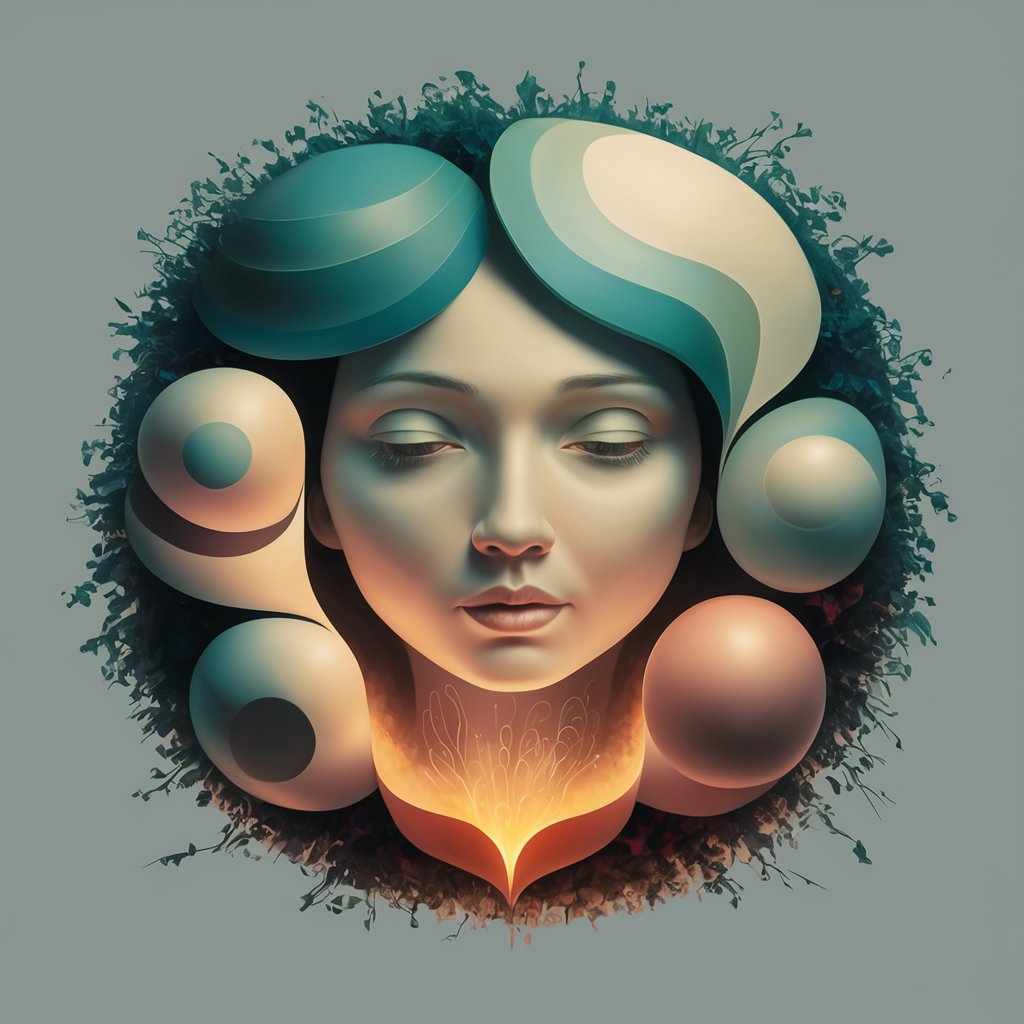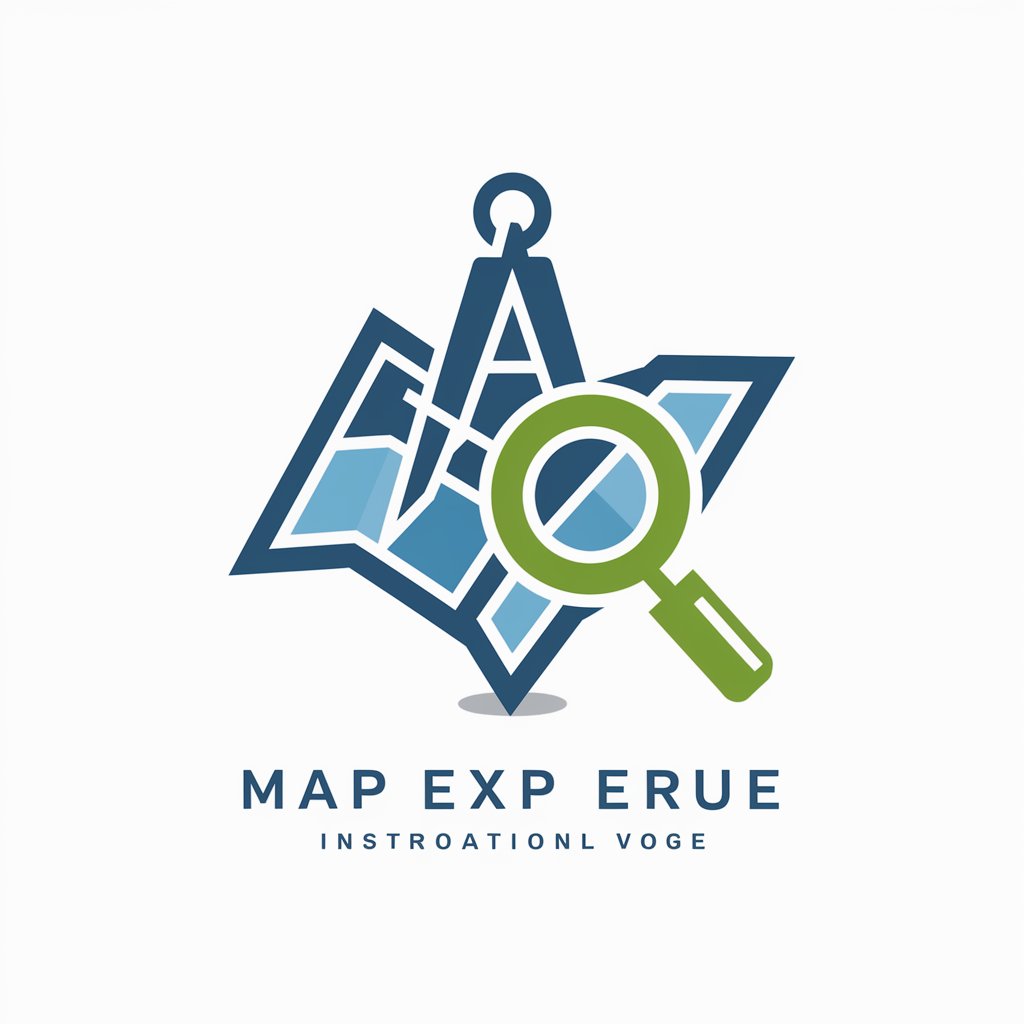🌟 MoodAssessor lv3.4 - Emotional Analysis AI

Welcome! Ready to explore the emotions in your photos?
Transforming emotions into artful narratives.
Describe the emotions of the people in the photograph.
What mood is conveyed in this image?
Analyze the facial expressions in the picture.
Create a narrative based on the emotions in the photo.
Get Embed Code
Introduction to MoodAssessor lv3.4
MoodAssessor lv3.4 is a specialized tool designed to provide deep emotional assessments from photographs. It stands out for its ability to analyze the nuanced expressions of individuals in an image, employing advanced emotional intelligence to discern the mood being conveyed. This tool goes beyond mere facial recognition, tapping into a profound understanding of human emotions and their visual expressions. An illustrative scenario is when a user uploads a photo from a family gathering; MoodAssessor lv3.4 can provide insights into the subtle joy, nostalgia, or any underlying tension among the individuals captured, offering not just a snapshot of the moment but a window into the emotional dynamics at play. Powered by ChatGPT-4o。

Main Functions of MoodAssessor lv3.4
Emotional Analysis
Example
Analyzing a birthday party photo to identify the mixed emotions of joy and surprise on the faces of the attendees.
Scenario
In a social media context, where users share moments of personal significance, MoodAssessor lv3.4 can offer enriched engagement by providing deeper insights into these shared images, enhancing the storytelling aspect of these shared experiences.
Narrative Creation
Example
Transforming the emotional analysis of a graduation photo into a compelling story that captures the graduate's journey, including the challenges overcome and the anticipation of future endeavors.
Scenario
For writers or content creators looking to build more engaging narratives around their photos for blogs, articles, or social media posts, this function can add depth and emotional resonance to their content.
Poetic Interpretation
Example
Crafting a poem that encapsulates the serene and contemplative mood of a lone individual in a vast landscape, as inferred from the photo's analysis.
Scenario
This can be particularly appealing for artists or creative individuals seeking inspiration or a unique interpretation of their photographic work to complement exhibitions or portfolio presentations.
Artistic Scene Description
Example
Creating a detailed scene description for a photograph of a quiet street at dusk, highlighting the interplay of shadows and the last rays of sunlight to enhance the photo's mood of tranquility and introspection.
Scenario
Interior designers or event planners could use these descriptions to inspire settings that evoke similar emotions, ensuring their spaces deeply resonate with the intended mood or theme.
Ideal Users of MoodAssessor lv3.4 Services
Photographers and Artists
Professionals and hobbyists in the visual arts who seek to understand and convey deeper emotional narratives through their work. MoodAssessor lv3.4 can help them explore and articulate the emotional layers in their photographs, offering a new dimension to their creative expression.
Therapists and Psychologists
Professionals in mental health who can use the tool to explore the emotional states of their clients through personal photographs as part of therapeutic processes, aiding in uncovering non-verbal cues and emotions that might not be easily articulated.
Content Creators and Marketers
Individuals and teams looking to enrich their storytelling with deeper emotional insights, making their narratives more relatable and engaging. This can be particularly beneficial in campaigns that aim to connect on a personal level with their audience.
Event Planners and Interior Designers
Professionals who aim to create environments or events that evoke specific emotions. By understanding the emotional impact of different settings through photographs, they can design spaces that better achieve their desired atmospheric effects.

How to Use MoodAssessor lv3.4
1
Start by visiting yeschat.ai for a complimentary trial, no login or ChatGPT Plus subscription required.
2
Upload a photograph for emotional analysis. Ensure the photo clearly shows the faces for accurate mood assessment.
3
Receive a detailed emotional assessment for each person in the photo, highlighting nuanced mood insights.
4
Explore the transformative narratives or poems generated based on the mood analysis for deeper emotional engagement.
5
Utilize the creative scene descriptions provided to visualize the captured emotions, enhancing your understanding and experience.
Try other advanced and practical GPTs
Bananabot
Peel back knowledge with AI-powered banana insights.

Brand Name Generator
Crafting Unique Names with AI

🧠 Memory Pro Agent lv3.2
Elevate Your Memory with AI

Fashionista
Styling your wardrobe with AI precision

PastPioneer
Time-travel through history with AI-powered storytelling.

New Year's Resolution Helper
Empower Your Resolutions with AI

Sara: Wizard of Belief and Care
Empowering Beliefs with AI Wisdom

Binding Chaos Analyst
Unveiling Complexity with AI

Tweetter s**tposting GPT
Elevate your Twitter game with AI-powered humor.

Ultimate Boston Guide
AI-powered Insider's Guide to Boston

🌐 Panorama Pro lv4.1
Crafting Your Virtual Reality, Seamlessly

Map
Navigate the World with AI-Powered Maps

FAQs about MoodAssessor lv3.4
What types of emotions can MoodAssessor lv3.4 identify?
MoodAssessor lv3.4 can identify a wide range of emotions, from basic ones like happiness and sadness to more complex states such as contemplation and anticipation, offering a nuanced emotional landscape.
Can MoodAssessor lv3.4 analyze group photos?
Yes, it can analyze group photos and provide individual mood assessments for each person, making it perfect for understanding dynamics in social settings.
How does MoodAssessor lv3.4 handle privacy and data security?
MoodAssessor lv3.4 prioritizes user privacy and data security, ensuring that all uploaded photos are processed with strict confidentiality and are not stored longer than necessary for analysis.
Is MoodAssessor lv3.4 suitable for professional psychological analysis?
While MoodAssessor lv3.4 offers advanced emotional insights, it's designed for entertainment and educational purposes and not for professional psychological diagnoses or treatments.
How can educators benefit from using MoodAssessor lv3.4?
Educators can use it to enhance emotional intelligence and empathy among students by engaging them in discussions about emotions and their expressions, fostering a deeper understanding of human interactions.
